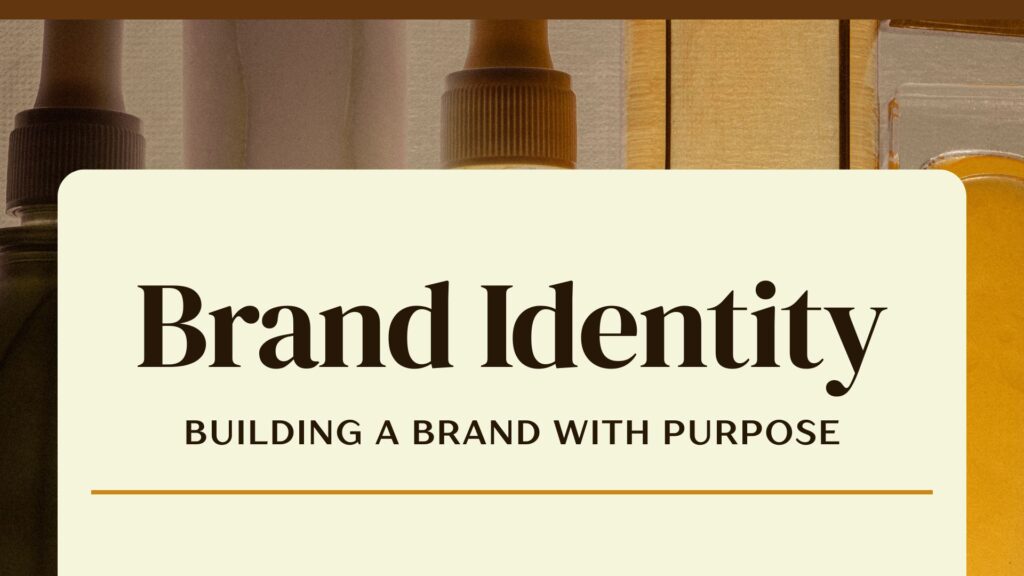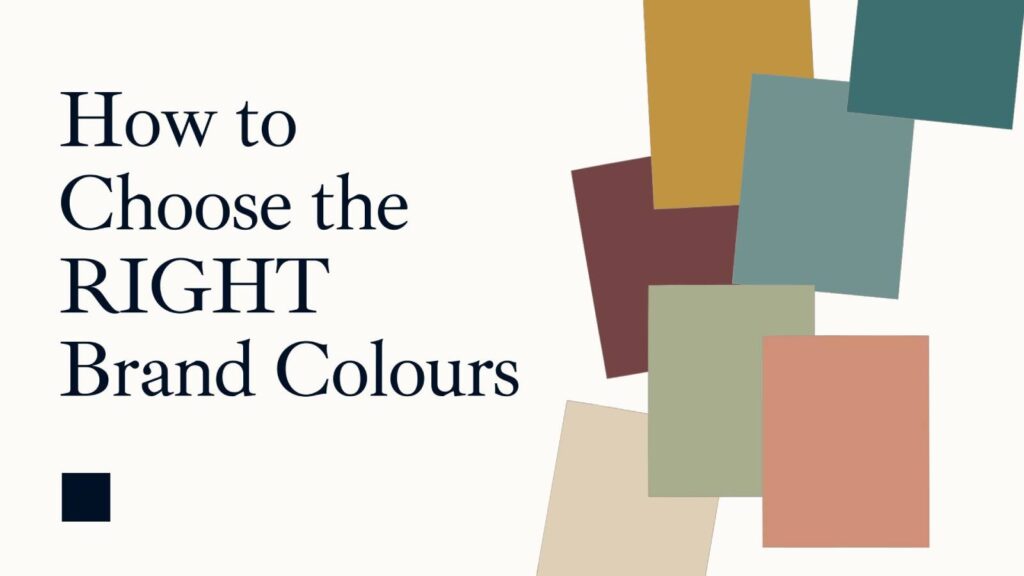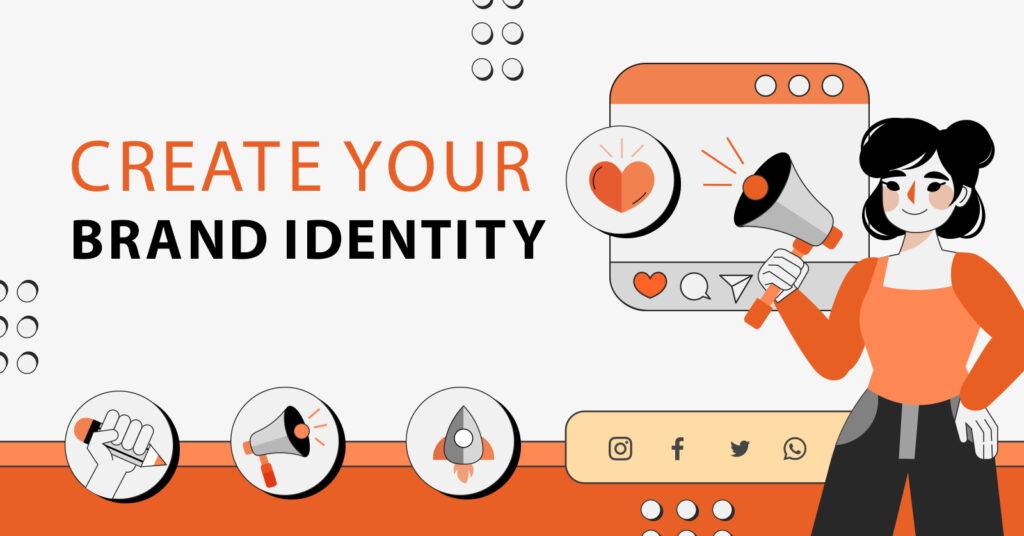Creating a brand identity goes far beyond designing a logo or picking a color palette. It’s about shaping a visual and emotional experience that resonates with your audience and differentiates your business in a competitive market.
In this guide, we walk through a comprehensive branding process—covering everything from initial client research and strategy to mood boards, logo development, and real-world applications. This framework is inspired by a recent project for a restaurant brand and reflects how branding projects are handled at a professional level.
1. Understanding the Client Brief
Every branding project begins with a deep dive into the client’s vision, goals, and audience. For example, a café-restaurant concept positioned between casual and fine dining required a brand that captured innovation, culinary curiosity, and comfort. A clear brief helped define:
- Target Audience: Young professionals, Gen Z, families, and kids
- Market Positioning: Modern comfort food with global fusion
- Style Preferences: Bold, innovative accent colors paired with warm, inviting base tones
This foundational understanding shaped every creative decision.
2. Research and Brand Strategy
Thorough research is critical to differentiate a brand effectively. This includes:
- Brand Keywords: Fresh, organic, playful, customizable, engaging
- Competitor Analysis: Studying both direct and indirect competitors to identify opportunities
- Tone of Voice: Defining the visual and verbal language of the brand
Skipping research often leads to generic design. A well-informed strategy ensures creative direction aligns with both market expectations and brand personality.
3. Mood Boards: Visualizing the Brand’s Personality
Mood boards help communicate the look and feel of the brand early on. Presenting three distinct styles offers clarity without overwhelming the client:
- Playful & Modern: Bright, fresh colors and youthful design
- Creative & Edgy: Bold palettes and unconventional elements for adventurous diners
- Mascot & Emblem Style: Exploring the emotional appeal and memorability of mascots
Clients are encouraged to mix and match elements to refine the final direction.
4. Logo Design: Concept to Creation
The design phase begins with wide exploration—20+ sketches are developed and refined to create strong, unique concepts. In the case study:
- A mascot reflecting personality and playfulness was created
- Typography explored rustic, hand-drawn styles for authenticity
- Innovative letterforms like a Pac-Man-inspired “E” added uniqueness
After digital refinement, the selected logo blended bold typography with a memorable mascot, aligning with the brand’s spirit.
5. Logo Presentation with Context
A well-designed logo must be presented with purpose. The presentation includes:
- Brand Story & Tagline Integration
- Color Variations & Usage Examples
- Real-Life Mockups: Packaging, signage, app icons, and more
- Mascot Applications: On merchandise and marketing materials
This approach helps clients visualize the identity in real-world scenarios, increasing confidence and buy-in.
6. Bringing the Brand to Life Online
Brand identity must extend to digital platforms. Using AI-powered tools like Odoo E-commerce, brands can build consistent, no-code websites quickly. Key features include:
- Drag-and-drop customization
- Auto-generated themes aligned with brand colors and style
- Product & content management
- Free hosting and domain for the first year
This ensures brand consistency across all digital touchpoints and opens new channels for growth.
Key Takeaways
- Start with a detailed brief and strong research
- Use mood boards to align vision and direction
- Explore broad logo concepts before refining
- Present logos in context to communicate value
- Extend brand identity across digital and physical experiences
A well-executed brand identity not only captures attention but also builds trust, drives engagement, and supports long-term business growth.
Frequently Asked Questions (FAQ)
Why is research so important in branding?
Research helps you understand the market landscape, target audience, and competitors. It ensures your design decisions are informed and that your brand stands out by addressing gaps or opportunities your competitors miss.
How many logo concepts should I create before finalizing?
It’s a good habit to sketch at least 20 different ideas before narrowing down. This ensures you explore a wide creative range and don’t settle on the first idea that comes to mind.
What is the advantage of using mood boards?
Mood boards visually communicate the style, tone, and personality of the brand early in the process. They help clients understand the direction and provide feedback before investing time in detailed design.
Can a mascot still be relevant for modern brands?
Yes, mascots create emotional connections and improve brand recall. While they may feel traditional, when executed well, they can modernize a brand and make it approachable, especially in food and beverage industries.
What should I include in a logo presentation to clients?
Besides the logo itself, include the concept and story behind it, color variations, real-life mockups, typography, and how the logo works across different applications like packaging and digital platforms.
How do I ensure my brand identity is consistent across all touchpoints?
Create brand guidelines that specify colors, typography, logo usage, and tone of voice. Use tools and platforms that allow you to customize and control how your brand appears online and offline.
Quick Links:
https://duogeeks.com/
https://duogeeks.com/services/graphic-design-company/
https://duogeeks.com/services/website-design/


